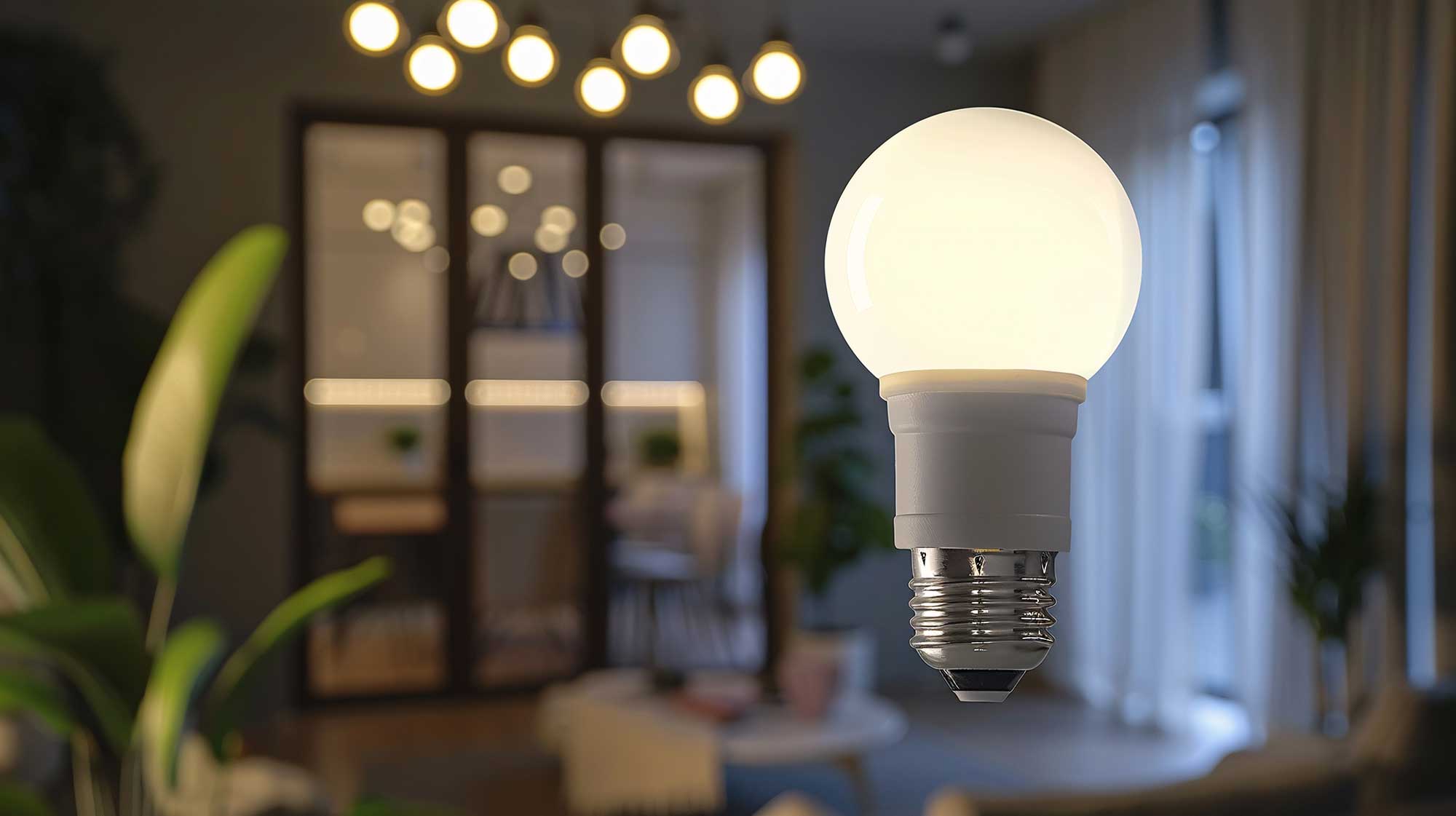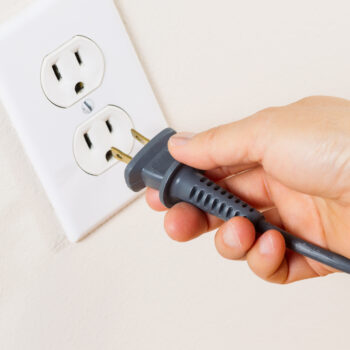
Energy-Efficient Home Lighting: How to Save with LEDs
Lighting is an essential part of any home, but it can also account for a significant portion of your monthly energy bill. According to Natural Resources Canada, lighting can represent 10-15% of the average household’s electricity usage. This is where energy-efficient lighting comes in—and the best solution available today is the LED bulb. Not only do LED lights offer long-term cost savings, but they also help reduce your carbon footprint, making them an ideal choice for homeowners looking to make a positive impact on both their energy bills and the environment.
What Are LED Lights?
LED stands for Light Emitting Diode, a type of lighting technology that produces light when current flows through a semiconductor material. Unlike traditional incandescent and fluorescent lights, LEDs don’t rely on heating a filament or gas to produce light, making them far more energy-efficient.
How Much Energy Can You Save?
Switching to LED bulbs is one of the simplest and most cost-effective ways to improve your home’s energy efficiency. Compared to traditional incandescent bulbs, LEDs use up to 80% less energy. For example, a typical 60-watt incandescent bulb can be replaced with an LED bulb that uses only 8-12 watts, providing the same level of brightness.
This reduction in energy usage translates directly into savings on your electricity bill. According to the Canada Green Building Council, if every Canadian household replaced just one traditional bulb with an ENERGY STAR®-rated LED bulb, it would save over $200 million annually in electricity costs.
Longevity: LEDs Last Much Longer
LED bulbs also last significantly longer than their incandescent and fluorescent counterparts. On average, an LED bulb can last up to 25,000 hours—that’s 25 times longer than an incandescent bulb and roughly 5 times longer than a compact fluorescent lamp (CFL). This means fewer replacements, less waste, and even more savings.
For example, an incandescent bulb may need replacing every 1,000 hours of use, while an LED bulb can continue to shine brightly for up to 25,000 hours, making it a perfect investment for both your budget and the environment.
Environmental Benefits of LEDs
Switching to LED lighting doesn’t just benefit your wallet—it also benefits the planet. Since LEDs use less energy, they produce fewer carbon emissions, helping to lower your overall environmental impact. In fact, if every household in Canada swapped out just one light bulb for an LED, the energy savings could equate to taking 5 million cars off the road in terms of reducing greenhouse gas emissions.
Additionally, LEDs don’t contain harmful substances like mercury, which is found in some CFLs. This makes them a safer option for both your home and the environment when it comes time to dispose of them.
Compliance with Canadian Energy Efficiency Standards
In Canada, lighting products are regulated by the Energy Efficiency Act, which requires manufacturers to meet specific energy-saving standards. ENERGY STAR®-certified LED bulbs meet these regulations and offer consumers a reliable way to reduce their energy use while ensuring product quality and performance.
Practical Tips for Making the Switch
Here are some simple steps to begin upgrading your home’s lighting to LEDs:
- Start Small: If you’re hesitant about making a big switch all at once, start by replacing the most commonly used bulbs in your home, such as in the living room or kitchen. Over time, you can gradually replace all bulbs.
- Check the Label: When shopping for LED bulbs, look for products labeled ENERGY STAR® certified. These bulbs meet stringent efficiency standards under Canadian regulations and are verified to save energy without compromising on performance.
- Choose the Right Brightness: LED bulbs come in a range of brightness levels. Be sure to choose the right level for each room, whether you’re looking for a soft, warm glow or a brighter, cooler light. You can check the bulb’s lumen rating to compare brightness levels.
- Consider Dimmable Options: Many LED bulbs are available in dimmable versions. Installing dimmable lights helps you adjust the lighting based on the time of day and desired atmosphere, giving you more control over your energy use.
- Smart Lighting: If you want to take your energy savings even further, consider installing smart LED bulbs. These bulbs can be controlled with your smartphone or voice assistant, allowing you to turn them off remotely or set schedules to ensure lights are only on when needed.
The Bottom Line
Switching to LED lighting is a simple, affordable, and effective way to reduce your energy consumption, lower your monthly utility bills, and contribute to a more sustainable future. By choosing LED bulbs, you can save up to 80% on your lighting energy use, enjoy longer-lasting bulbs, and reduce your carbon footprint—all while brightening your home.
At Essex Powerlines, we’re committed to helping our customers make energy-efficient choices that benefit both their homes and the environment. Start making the switch to LED lighting today, and enjoy a more energy-efficient, cost-effective, and sustainable future.


